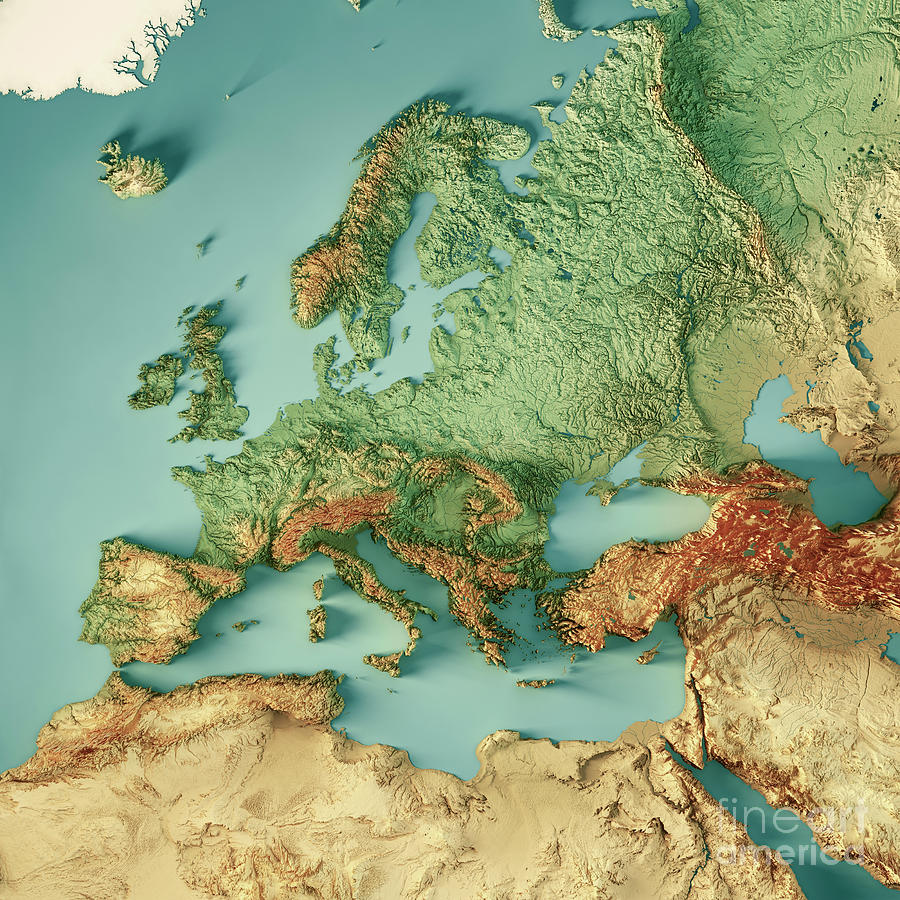

I was under the impression that with the ice shrinking, the surface area decreases. Therefore the contact area between the ice and the surrounding environment also decreases, slowing down the speed of melting. At the same time though the average temperature of the ice will have increased as it melts so the amount of energy required to melt is less, speeding up melting. I might just have to start measuring the speed at which ice cubes melt lmao.







Do you think that the average temperature of the ice increases as it melts, decreasing the time it takes for remaining ice to melt?